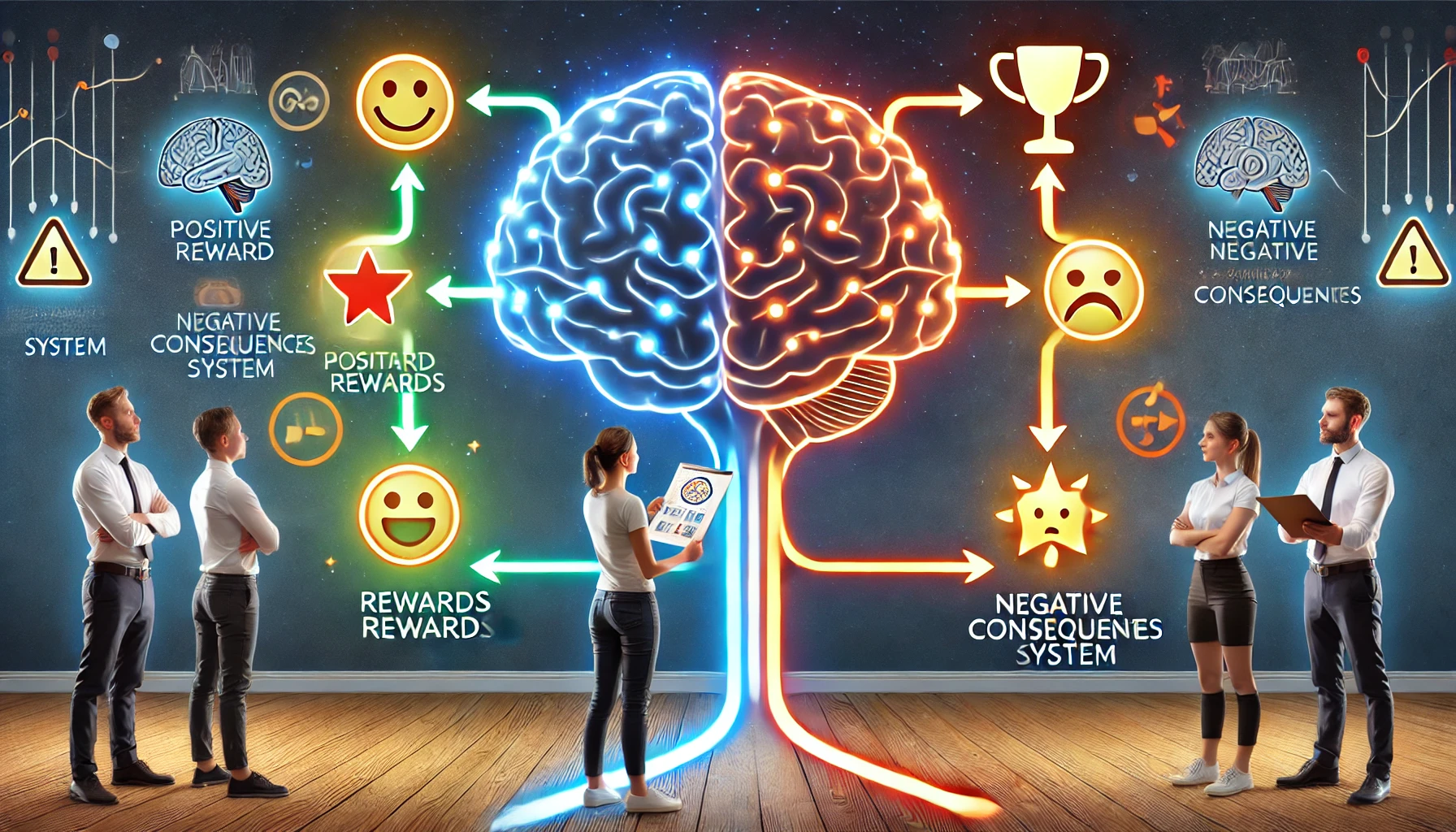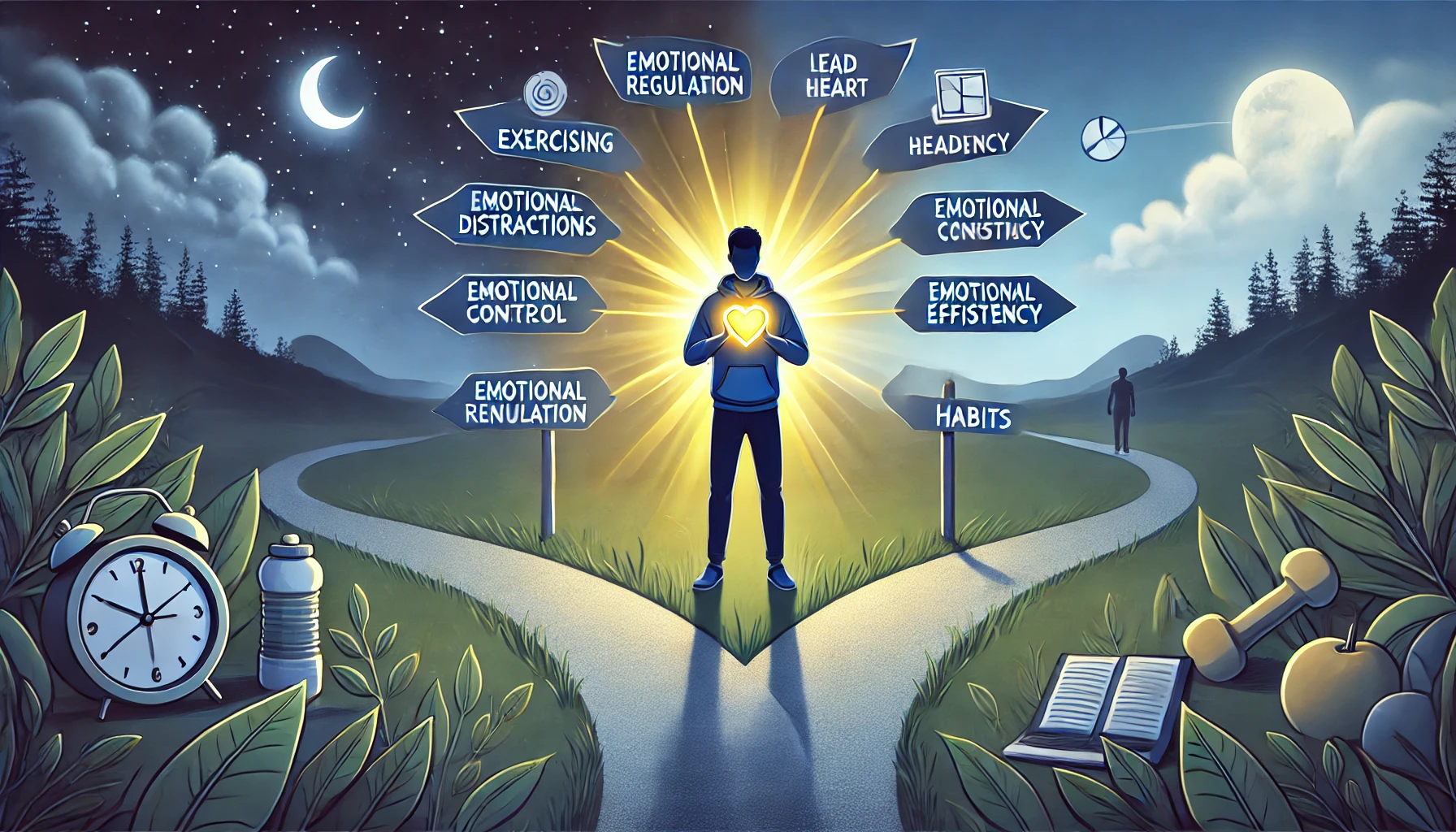Procrastination isn’t just about laziness or lack of motivation—it’s a battle happening inside your brain. Even when you know you should be working on an important task, you may find yourself scrolling social media, watching videos, or doing anything except what you need to do.
Neuroscience reveals that procrastination is caused by a conflict between the emotional and rational parts of the brain. The good news? By understanding how your brain works, you can rewire it to overcome procrastination and take action more easily.
In this article, you’ll discover how your brain creates procrastination and science-backed techniques to beat it.
1. Why Does Your Brain Procrastinate?
Procrastination happens because of a battle between two brain regions:
✅ The Limbic System (Emotional Brain) – Seeks instant pleasure and avoids discomfort. When faced with a difficult or boring task, it tries to escape by choosing something more enjoyable (like watching Netflix or checking your phone).
✅ The Prefrontal Cortex (Rational Brain) – Controls decision-making and long-term planning. This part of the brain knows what you should be doing but often loses the battle when the task feels stressful or overwhelming.
When the limbic system dominates, you procrastinate. The key to overcoming this is strengthening the prefrontal cortex so that it can take control and help you take action.
📌 Example: If you keep delaying studying for an exam, your limbic system is prioritizing short-term relief (entertainment) over long-term rewards (passing the exam).
2. The Dopamine Trap: How Instant Gratification Fuels Procrastination
Your brain is wired to seek rewards—and modern distractions like social media, video games, and endless scrolling provide instant dopamine hits. This tricks your brain into choosing immediate pleasure over productive work.
How Dopamine Fuels Procrastination:
❌ Checking your phone → Instant dopamine → Feels rewarding → Reinforces habit
❌ Watching one YouTube video → Turns into hours of entertainment
❌ Eating a snack instead of working → Quick pleasure → Task delay
Because productive work doesn’t always provide immediate rewards, your brain struggles to stay engaged. The solution? Hack your dopamine system to make work more rewarding.
📌 Example: Instead of allowing yourself to check social media whenever you feel like it, turn it into a reward after completing 30 minutes of deep work.
3. Science-Backed Techniques to Overcome Procrastination
✅ a) Use the 5-Second Rule to Stop Overthinking
When you hesitate before starting a task, your brain creates excuses. The 5-Second Rule helps override this hesitation by forcing action before your brain talks you out of it.
🔹 Count down: 5-4-3-2-1-GO!
🔹 Immediately take the first small action toward the task.
🔹 This interrupts procrastination and activates the prefrontal cortex.
📌 Example: If you’re procrastinating on writing a report, count down from 5 and immediately type the first sentence. Once started, momentum takes over.
✅ b) Break Tasks into Tiny Steps (The Micro-Task Method)
Your brain avoids tasks that seem too big or overwhelming. Breaking them into smaller, bite-sized steps makes them easier to start.
🔹 Reduce a large task into micro-tasks that take 2-5 minutes.
🔹 Focus on just one tiny action at a time.
🔹 Completing small steps triggers dopamine release, making progress feel rewarding.
📌 Example: Instead of saying “Write a 10-page report,” start with “Write one sentence.”
✅ c) Use the “Temptation Bundling” Technique
If a task feels boring, combine it with something enjoyable to make it more appealing.
🔹 Pair a productive activity with a pleasurable activity.
🔹 The brain starts associating positive feelings with the task.
🔹 Over time, you’ll look forward to doing it.
📌 Example: If you hate cleaning, listen to your favorite podcast while doing it.
✅ d) Activate the “Just 5 Minutes” Rule
Your brain resists tasks that seem difficult or time-consuming. By committing to just 5 minutes, you trick your brain into starting—and once you start, you’re likely to continue.
🔹 Tell yourself: “I’ll do this for just 5 minutes.”
🔹 The brain sees 5 minutes as easy, reducing resistance.
🔹 Once engaged, momentum builds, and you naturally keep going.
📌 Example: If you’re avoiding exercise, tell yourself you’ll do just 5 minutes—chances are, you’ll continue for longer.
✅ e) Reduce Decision Fatigue to Make Work Easier
Procrastination increases when your brain is tired from making too many decisions. Reduce mental clutter by automating small choices.
🔹 Plan your day the night before to avoid last-minute decisions.
🔹 Create routines so your brain doesn’t waste energy on trivial choices.
🔹 Use a priority list instead of a long, overwhelming to-do list.
📌 Example: Mark Zuckerberg wears the same type of clothes daily to eliminate unnecessary decisions and preserve mental energy.
✅ f) Use the “Never Miss Twice” Rule
Everyone procrastinates sometimes—but the key to success is getting back on track quickly.
🔹 If you skip a habit once, make sure you don’t skip it twice.
🔹 Avoid turning one missed day into a streak of procrastination.
🔹 Progress isn’t about perfection—it’s about consistency.
📌 Example: If you miss a day of studying, get back to it the next day instead of feeling guilty and delaying further.
✅ g) Optimize Your Environment to Reduce Distractions
Your surroundings greatly influence whether you stay focused or procrastinate. Make your environment work for you, not against you.
🔹 Remove distractions (keep your phone in another room).
🔹 Set up a dedicated workspace to trigger work mode.
🔹 Use time-blocking to assign focus periods with no interruptions.
📌 Example: If you keep procrastinating on deep work, use website blockers like Freedom or Cold Turkey to prevent distractions.
4. How to Rewire Your Brain for Long-Term Productivity
Overcoming procrastination isn’t just about using tricks—it’s about rewiring your brain to make action the default response.
✅ Strengthen the prefrontal cortex – Meditation, exercise, and deep focus improve self-control.
✅ Train delayed gratification – Practice small moments of self-restraint daily.
✅ Track progress – Use a habit tracker to reinforce consistency.
📌 Example: People who meditate daily for just 5-10 minutes show improved prefrontal cortex function, making them more resistant to procrastination.
Final Thought: Train Your Brain to Take Action
Procrastination isn’t a character flaw—it’s a neural habit that can be rewired. By applying these neuroscience-based strategies, you can outsmart your brain’s resistance and make productivity effortless.
✅ Use the 5-second rule and micro-task method to start tasks easily.
✅ Trick your dopamine system into making work feel rewarding.
✅ Optimize your environment and routines to reduce distractions.
Start today: Choose one strategy and apply it now to beat procrastination and get things done! 🚀












Leave a Reply